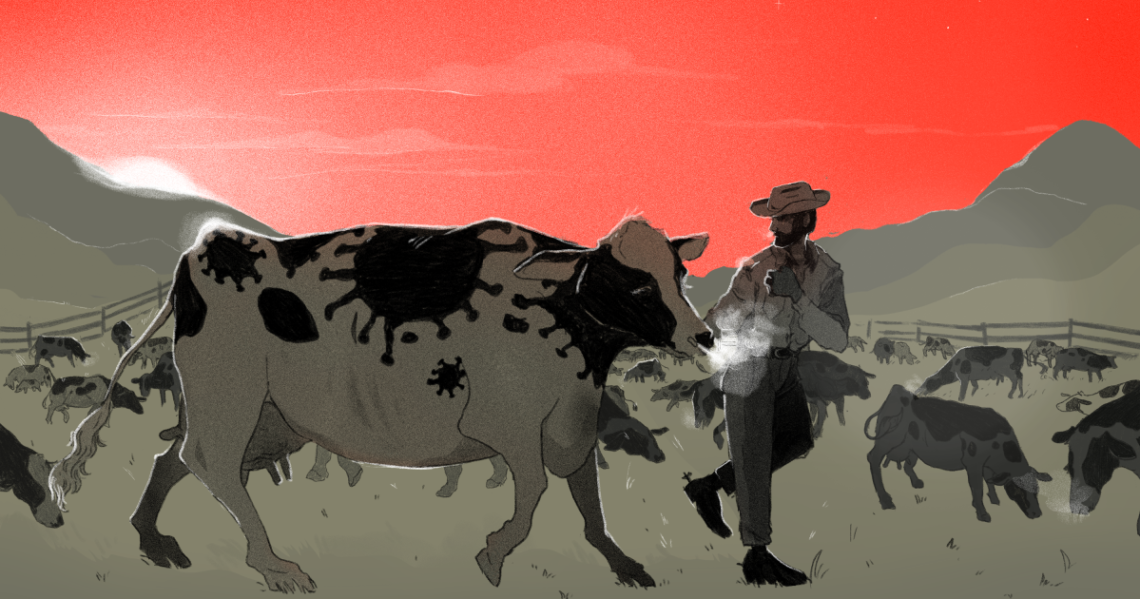In 2011, a farmer in Oklahoma had a bunch of sick pigs. The animals had what looked like the flu.
“Just like a person with respiratory disease, the pigs had labored breathing, maybe a runny nose, cough and potentially a fever,” says virologist Benjamin Hause.
At the time, Hause was working at the company Newport Laboratories, which develops custom vaccines for livestock. “We would detect and isolate pathogens from animals. Then we would grow the pathogens in the lab, kill them and formulate vaccines,” says Hause, who’s now an executive at Cambridge Technologies, another vaccine company.
The Oklahoma farmer took a few samples from the pigs’ noses — a bit like how you swab your nose for an at-home COVID test. He sent the samples to Hause so he could figure out what was making the pigs sick.
Hause immediately thought that the regular flu virus was infecting the pigs. “We expected to find influenza A,” he says, “because that’s the most common problem.” It’s also the same type of virus that often causes the seasonal flu in people.
But when he and his colleagues grew the virus in the lab, they quickly realized they were wrong. Hause was shocked by what he saw.
“I thought, ‘What is this thing? We’ve never seen anything like this before,’ ” he says. “Right away, we were concerned that this virus could infect people.”
Most infections are a mystery
For decades, scientists thought that animal viruses seldom jump into people. They thought these spillovers were extremely rare. But in the past few years, studies have been showing that this thinking is wrong.
“I don’t think [spillover] is extremely rare,” says evolutionary…
Read the full article here







